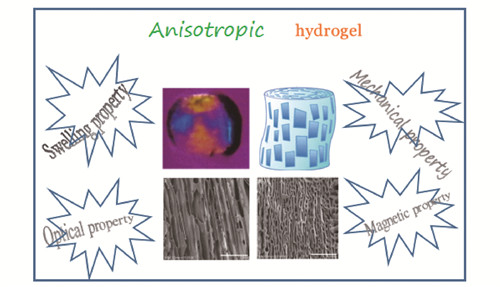 PDF(8229 KB)
PDF(8229 KB)


 PDF(8229 KB)
PDF(8229 KB)
 PDF(8229 KB)
PDF(8229 KB)
各向异性水凝胶的制备方法及性质研究
 ({{custom_author.role_cn}}), {{javascript:window.custom_author_cn_index++;}}
({{custom_author.role_cn}}), {{javascript:window.custom_author_cn_index++;}}The Research of the Anisotropic Hydrogel's Properties and Preparation
 ({{custom_author.role_en}}), {{javascript:window.custom_author_en_index++;}}
({{custom_author.role_en}}), {{javascript:window.custom_author_en_index++;}}
| {{custom_ref.label}} |
{{custom_citation.content}}
{{custom_citation.annotation}}
|
/
| 〈 |
|
〉 |